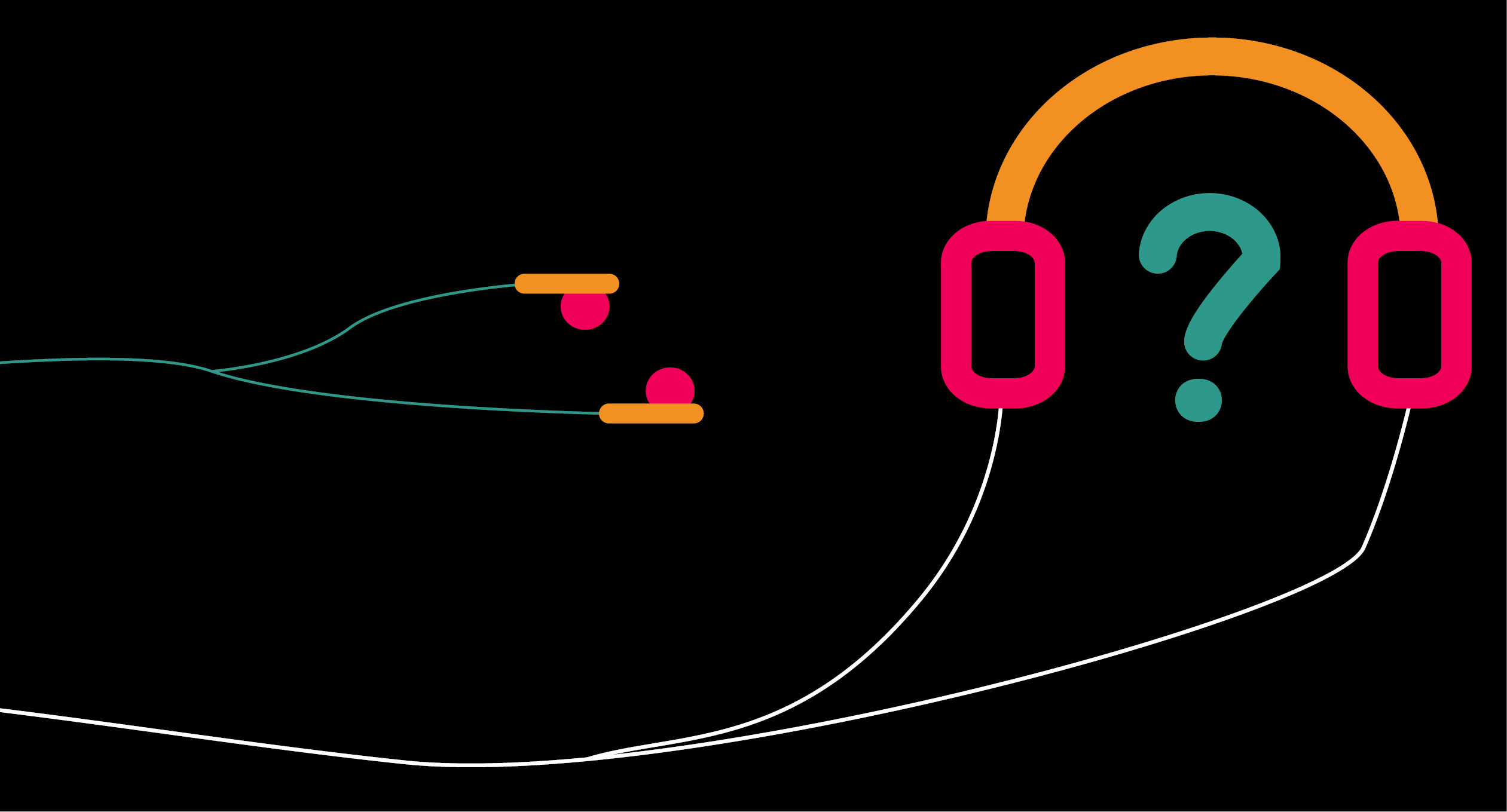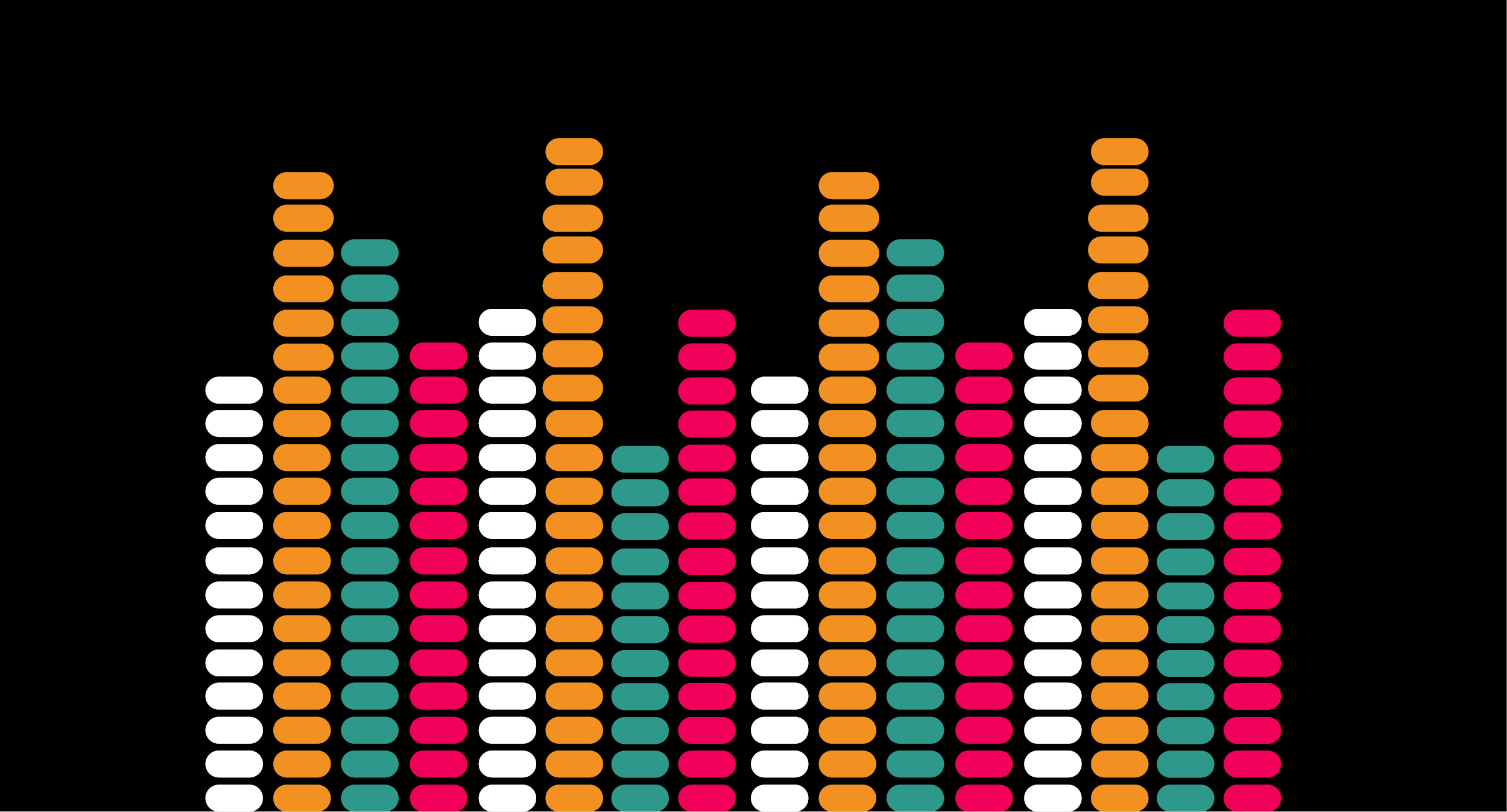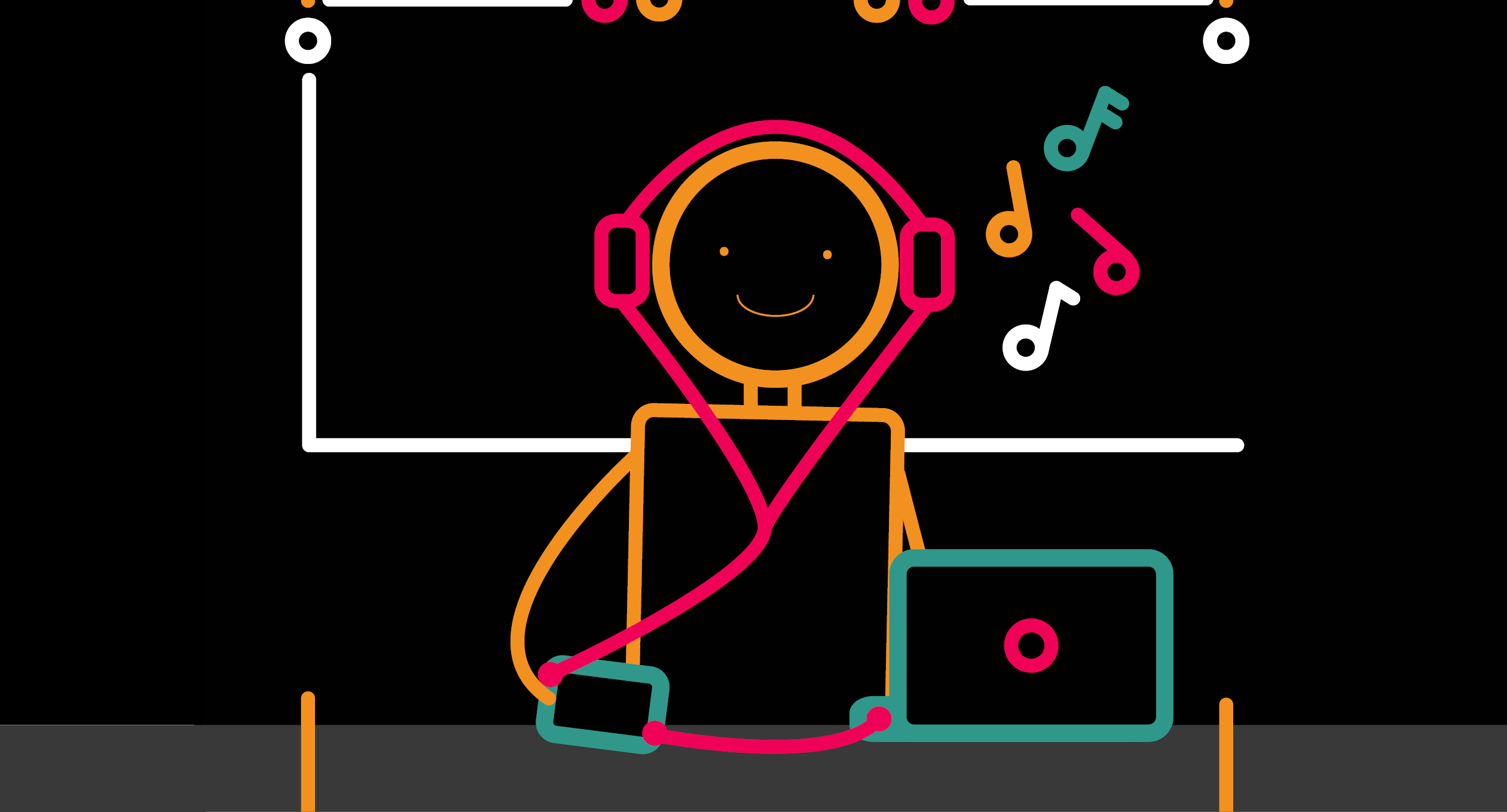Music is a wonderful thing. It helps set the mood, improve your general disposition, or at the very least, provide something to fill the crushing silence of an office where everyone is pushing hard to meet deadlines. Like the vast majority of people out there, I was generally content with using the headphones my devices came with, or some cheap generic ones from some store, and recklessly messing about with the equalizer.
There’s so much more out there than stock headphones
There’s so much more to music than stock headphones can deliver. Stock headphones are, a lot of the time, included as little more than an afterthought. Poor tolerances, cheap materials, and low cost above all else mean that we can’t really expect too much from what comes with our phones out of the box. If you’re after the music as it was intended to be heard, you might want to get a pair of after-market headphones. Each pair sounds different, so if you are looking for a particular sound, you are likely going to be able to find a pair that will meet your requirements. If you can manage it, audition as many pairs as you can. That’s part of the fun.

There are a lot of great brands out there, and you might not even have heard of them
Name three headphone manufacturers. Ok, now name three more. And now, name another five. While there are undoubtedly those of you who can rattle off brands like they were siblings, we’re willing to wager that most might have trouble getting past the second set of three names.
What we’re getting at is this: just because you haven’t heard of a particular brand, it doesn’t mean you shouldn’t consider it. There are of course some really dubious ones out there, but don’t limit your search to the usual names. While some of them are actually okay, to be honest, not all of them are that great. Price isn’t necessarily a great indication of performance either. Just like any other item that is marketed to consumers, price can be little more than hype. Do your research, read reviews, and know your stuff. You’re likely to get a better deal than just going straight to the big names.
Play with your equalizer, but do it right
There are a few regions you should be able to manipulate, depending on how comprehensive your EQ is. From 20-60Hz, you’re going to be dealing with the sub bass. This deep, powerful frequency can easily overwhelm the track, so you might not want to let this take over. Next up, at 60-200Hz, is bass. The kick drum, bass guitar, and other deep instruments start at the bottom of this range, while the top of the range is where the lower notes from pianos and acoustic guitars play. If you need a little more punch in your track, here’s where you should go.
From 200-800Hz, you’re dancing around the tops of the bass to the lower end of the midrange. The majority of the tones produced by musical instruments reside here. Tweaking this area affects the richness of the music. The sweetness of the cello, golden notes in acoustic guitars, and all that beautiful sound is in this area, so if you want less of it to open up the track, or more of it to make everything a little warmer, here’s where to look. From 800-2kHz, you’re going to be dealing with the midrange. Too much here can be tiring for the ears, so be careful.

From 2k-4kHz, you are in upper-mid territory. Vocals, sharpness, and clarity are affected by these frequencies, as this is the range that human hearing is keenly tuned to. This is personally the part of the music I like to emphasize, as it does a lot to make everything sound clear and clean. From 4k-7kHz, you’re looking at the top end of your usual lineup of musical instruments. Near the 4kHz range makes the track sound like it’s closer to the listener, and vice-versa. The 7kHz area is responsible for sibilance, or that sharp, painful hiss of the letter “s.” From 7kHz all the way to 12kHz affects how bright, and again, how clear the music sounds, though too much can be tiring and a little too sharp, particularly when listening for a long time.
One thing that should be noted is that when tweaking your EQ, try to drop frequencies instead of bumping them. Sliding frequencies up tends to add noise, which defeats the purpose of the endeavor. If you want to emphasize a frequency, try dropping the other sliders; just be aware that each frequency affects all the others.
Also published in GADGETS MAGAZINE April 2015 issue
Words by Ren Alcantara
Artwork by Leng Duasido
